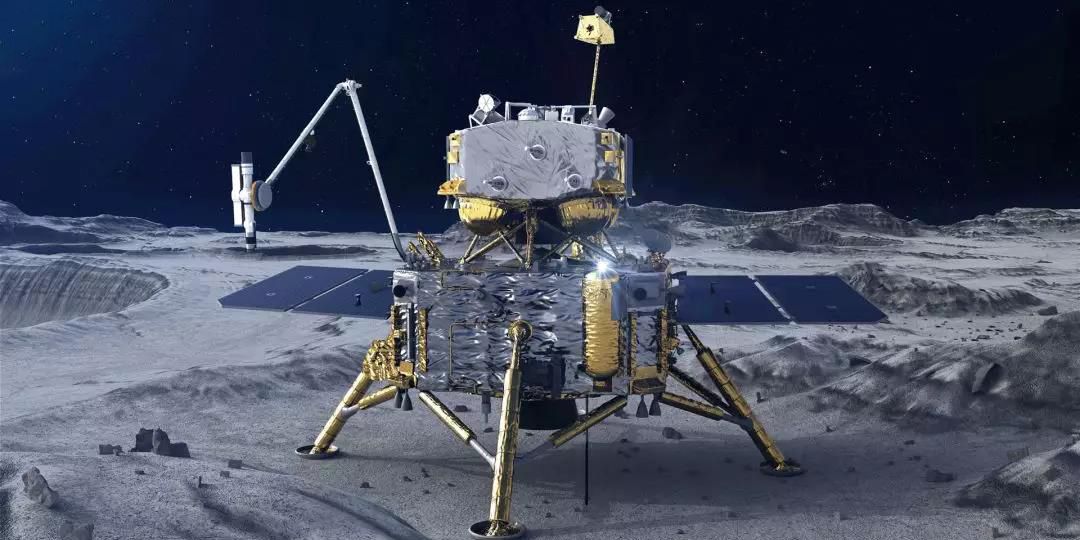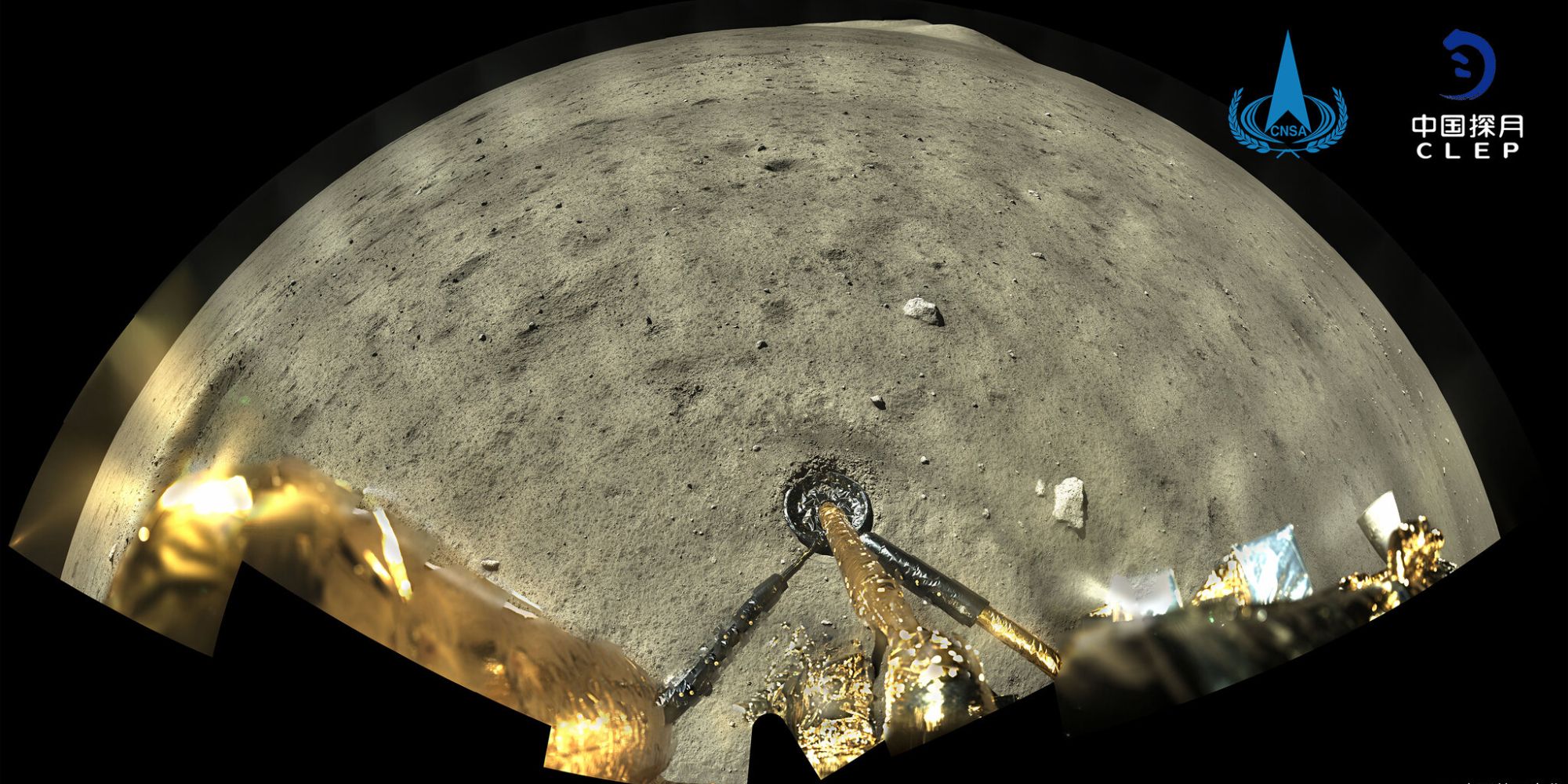Chinese scientists recently examined rock samples collected from the Moon, and upon doing so, discovered volcanic activity that's much younger than anyone has previously found. The Moon is a fascinating entity for many reasons. It's critical to life on Earth, is one of the most prominent sights in the night sky, and was a vital component of the Space Race during the Cold War. Despite all of that, the Moon has taken somewhat of a backseat in space exploration in recent years.
There have been just six manned Moon landings in NASA history. Starting with Apollo 11 in July 1969 and ending with Apollo 17 in December 1972, activity on the Moon has been extremely scarce since then. Thankfully, that's quickly changing. NASA is working with SpaceX to get humans back on the Moon in the not-too-distant future. Astronauts will board an optimized version of the Starship spacecraft, visit the Moon, and return to Earth — all within about 6-7 days.
While there's still work to be done before that mission is ready for launch, China just hit a huge milestone with its Chinese Lunar Exploration Program (specifically with its Chang'e 5 lander). Chang'e 5 landed on the Moon on December 16, 2020, with the goal of collecting and returning lunar samples for scientists to study on Earth. Not only did Chang'e 5 mark the first Chinese mission to acquire samples of the Moon, but those samples have now been tested and analyzed. Upon initial inspection, Chinese scientists have discovered something remarkable — volcanic activity that occurred on the Moon far earlier than previously known.
What These Volcanic Rocks Reveal About The Moon
Volcanic activity on the Moon isn't a new concept. In fact, scientists have known for decades that volcanism existed there. What's fascinating about these latest samples is the age of the volcanic activity detected in them. Between the Apollo and Luna programs, astronomers have determined that most volcanic activity on the Moon occurred between 3.8 and 3 billion years ago — with some of the oldest activity dating back to over 4 billion years ago. In the samples collected by Chang'e 5, there are traces of volcanism from just 2 billion years ago. That's still a long time ago, but it means lava was flowing through the Moon a billion years earlier than we previously thought.
These latest samples were acquired in the Oceanus Procellarum region of the Moon. It's an area on the near side of the Moon and the only one with Oceanus name (due to its absolutely massive size stretching over 1,600 miles north-to-south). Now that astronomers know there was volcanic activity in this area one billion years ago, they can use that information to look at craters in Oceanus Procellarum, compare those to similarly-aged craters on other locations (such as Mars), and get a better understanding of the Solar System as a whole. It's a process often referred to as 'crater counting,' and it's a must to nail down the science of what's happening in our galaxy. As noted by Ian Crawford from the University of London, "It’s absolutely essential to get more data points. That's what this paper has done."
As the story often goes, a breakthrough like this doesn't mean the work is done. In fact, Chang'e 5's findings pose a few new questions for scientists to ponder. For one thing, it's unclear what caused volcanic activity on the Moon two billion years ago. It's possible there was residual uranium, thorium, and potassium stored deep inside the Moon that was hot enough for volcanism to occur. Another possibility is that the Moon's closer position to Earth at that time provided the required heat. On top of that, there are other areas of the Moon suggesting volcanic activity could have been happening as little as 50 million years ago. There are a lot of questions that will need to be answered. Regardless, this is a huge accomplishment and a considerable step forward in better understanding the star system we call home.
Source: Nature


